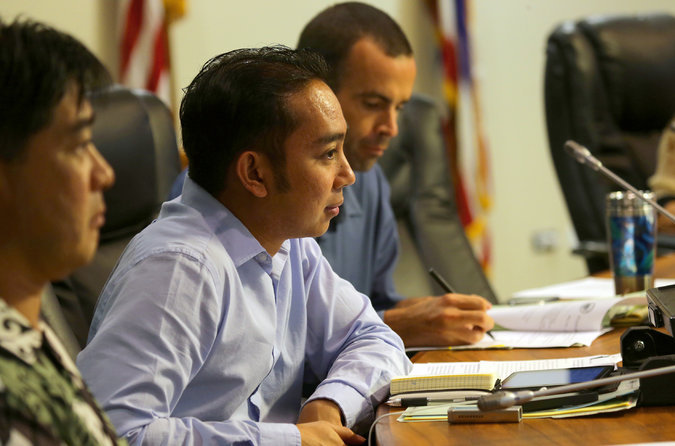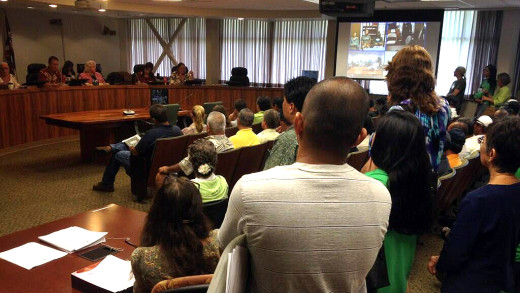On June 2014 the Environmental Protection Agency (EPA) proposed a plan to cut carbon from the power plants across America. This was all under President Obama’s Climate action Plan or known as Clean Power Plan. The Clean Power Plan is said to maintain affordable, reliable energy while cutting pollution. The reason why all this is happening is because the average temperature has been rising since 1901. You may be wondering were Obama got this idea; he got the idea from George Bush. When he came into office in 2000 bush had tried to push this idea to the EPA but they did not go for it that much. When president Obama came into office in 2012 he wanted to continue this idea and he was determined to pass the bill. When president Obama wanted to make this bill happen he was ordered by the U.S Supreme Court to regulate the carbon pollution. What that means is that he has to control the output of carbon in the air. Even though this may be a good idea but the states that depend on coal won’t get a lower electricity bill but they will the same as us. Even though this may help the average temperature the carbon can still affect Children, the elderly and the poor. The new plan will cut about 30 percent of the carbon in the air. It is predicted that by 2030 the health benefits will be worth about 55 billion. With this plan each and every state has to submit their own plan on how they will comply with this issue by June 2016. The EPA has designed four approaches the states can take but the way they do it will be up to them. The best thing about all of this is the plan will not hurt the economy what so ever. This may be true or false but we will have to wait to find out. The cons of this plan are this will hurt the national GDP and employment. This won’t clean up much of the carbon it is projected to clean up only 1.8 percent. The whole cost of this plan is huge and the electricity will rise $289 billion. Some pros of this plan is that in 2012 extreme weather cost tax payer $100 billion in cleanup costs and they will decrease if the plan is effective. This will even make a new generation of clean up jobs which will help the unemployment rate. This plan seems to be a good idea but it will have its draw backs as it goes on in the future.
Resources
http://www2.epa.gov/carbon-pollution-standards/clean-power-plan-proposed-rule
http://grist.org/climate-energy/the-nine-things-you-need-to-know-about-obamas-new-climate-rules/
http://www.huffingtonpost.com/carl-pope/five-things-to-remember-a_b_5631967.html



